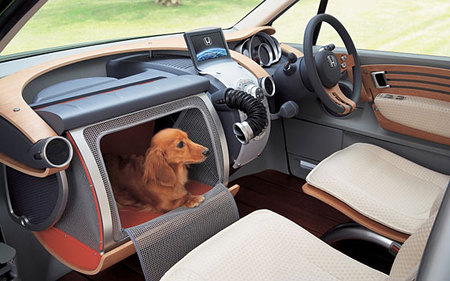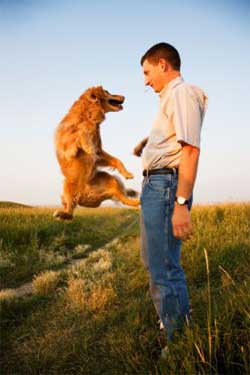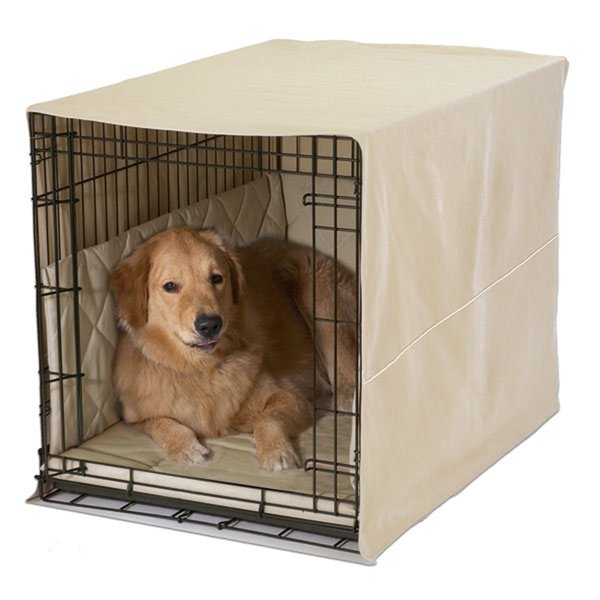 There is a common statement that clients will often make in their first consultation or I will over hear at shows, in pet shops and at the park etc that "nothing has worked for their dog". That their behaviour could not be changed or that the training they were given was incorrect, of a low standard, their dog is too naughty or doesn't listen.
There is a common statement that clients will often make in their first consultation or I will over hear at shows, in pet shops and at the park etc that "nothing has worked for their dog". That their behaviour could not be changed or that the training they were given was incorrect, of a low standard, their dog is too naughty or doesn't listen.Whilst there are some behaviours that are very hard to change, all behaviours can be altered in some way to some extent. These changes are very possible but they require a few things from the people training them.
- A desire to change the behaviour in their dog that is strong enough that they will change their own lifestyle and routines and of course the ability for the owner to do this.
- A dedication to changing the behaviour that will last as long as the dog lives.
- Hard work and practise.
Whenever you try to change behaviour it takes time, regular practise and the dedication to keep practising for as long as it takes. In some cases this will be forever.
Having recently embarked on training my dog a new discipline that I have never before attempted and also making the decision that in order to do this I will need to get fit it has really been made clear to me why so many people fail to change their dogs behaviours to the extent they desire.
Training to get fit takes real dedication, committing to regular exercise, forever. Pushing yourself harder and possibly changing your routines and diet to fit with your new way of life. Without this you will not get fit, or you will get a degree of fitness but not what you could ultimately achieve. Of course there is also the fact that if you stop training you will again become unfit.
Training a dog to perform the required behaviours really well also takes all these things. The bigger change you require the more dedication it will take. The things that are required are:
- Real dedication to run through training exercises and situational training every day.
- To train in alternative and new behaviour that is incompatible with the behaviour you want to change or stop. To keep that behaviour strong by practising it every day.
- To proof the new behaviours so the dog will do them regardless of how hard the situation they find themselves in or what ever distractions are thrown at them.
- To be ready change personal routines and those of your dog, your expectations for your life with the dog (i.e. that it wont be the easy ride you had anticipated), to realise that the changes you make and the training you commit to will be life long.
In short many people do not or cannot dedicate enough resources to altering their dogs behaviours and thus do not make the improvements they seek. Whilst the right advice and coaching cannot be ignored, it is only effective if the advice and techniques are followed and more importantly practised.
A great trainer will guide a client through these processes, explaining what is required, talking about how to make changes, what solutions are possible. Teach the client how to train the dog so they can practise, teach the client coping mechanisms for when things don't go to plan. Showing the client how to build on successes and improve the behaviour all the time till the client feels safe, happy and in control. Make sure they motivate and inspire their clients to keep going because the persistence of trying with the right techniques and support is essential.





















